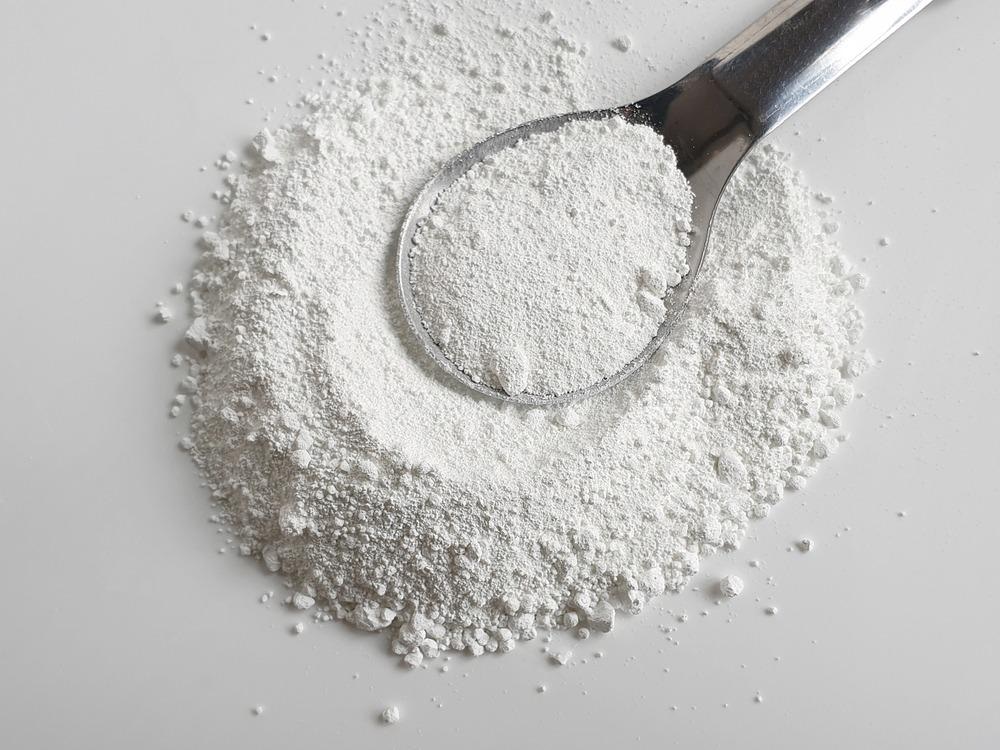A novel photocatalytic material consisting of TiO2/Graphene utilizing the hydrothermal process has been discussed by the latest research in Chemical Engineering Journal. This research contributes to the advancement of possible photo-, photo-electron technologies for the management of actual mineral industry effluent.

Study: Photocatalytic degradation of xanthate in flotation plant tailings by TiO2/graphene nanocomposites. Image Credit: Meowcyber/Shutterstock.com
Wastewater Treatment
Chemical precipitation, physical adsorption, and biodegradation are the current standard procedures for handling mining wastewater. Organic contact and biodegradation procedures need a longer duration of treatment, and the disintegration obtained is insufficient. The physical adsorption technique is ideal for treating high-concentration mineral treating waste, however, the initial concentration that may be used is restricted. Because of these constraints, the photocatalytic degradation technique and the ozone degradation technique, both of which may totally degrade organic contaminants into inorganic molecules such as CO2 and H2O, have emerged as the center of research in the management of residual chemicals.
Photocatalytic Degradation Process
Photocatalytic decomposition of organic contaminants is a promising approach since it degrades pollutants rather than transforming them under environmental settings.
Photocatalysis is an environmentally friendly process that has emerged as a viable option for the deterioration of a wide range of organic contaminants. The current photocatalytic system's shortcomings, which restrict their practical applications, include a limited utilization of visible region, quick charge mixing, and a low migratory capability of the photo-generated holes and electrons. Many investigations of biological treatment of wastewater have used photocatalysis oxidation, with TiO2 being the most often used semiconductor catalyst in photocatalysis.
Importance of Graphene
Graphene, which has a hexagonal crystalline structure, is one of the most resilient compounds ever known, even tougher than diamond. Because of its amazing mechanical capabilities, electromechanical qualities, and distinctive intense intramolecular bond, graphene has become a desirable and integral substance utilized by Nanotechnological advancements.
Graphene has been employed in the aviation industry and the fabrication of nanostructures. It is frequently used in battery and superconducting wire technology. Graphene oxide has also been utilized as an additive in aviation fuel to improve combustion and generate more power.
In this latest work, oxide nanoparticles were loaded onto the graphene surface to create a TiO2/G composite photocatalyst substance that can minimize the combination of photoinduced electron-hole pairs while increasing active surface area. The area of interaction between the catalyst and the contaminants is increased. Because of graphene's reactivity to visible light, the composite photocatalysts molecule's optical absorption range may be expanded.
Research Findings
XRD was used to characterize the Titanium Dioxide/Graphene photocatalytic substances to examine the alterations in the crystal lattice. There was no noticeable graphene diffraction peak in the diffraction spectra. The TiO2/G composite material's XRD spectrum investigation revealed that GO was transformed to graphene during the hydrothermal process, demonstrating the effective fabrication of the TiO2/G composite materials. The pore dimensions of GO and TiO2 nanopowders are 15.75 nm and 12.27 nm, respectively, whereas the pore diameters of 18% TiO2/G are 2.85 nm.
The fluorescent lifespan of the substances was also investigated when irradiated by a =357 nm laser. In the Nyquist curve, 18 percent TiO2/G has the minimum semicircle dimension when compared to GO and TiO2, showing that this composite has the lowest interfacial charge transfer resistance. It would have a substantial impact on the charge transport transfer application's effectiveness. The concentration of the 18% TiO2/G nanocomposite material is much greater than that of GO, which might be due to better electrostatic repulsion and decreased electron-hole pair combination. Time-resolved fluorescence decay spectroscopy is used to determine the lifespan of charge carriers.
The xanthate solution proceeded via self-degradation. The decomposition rates are 10.22 percent and 24.32 percent, indicating that the content is not greatly lowered. The self-degradation of the xanthate solution did not affect the research. While GO had a degradation efficiency of 84.20 percent, the degradation rate reduced dramatically in light circumstances.
The solution deteriorated when pure TiO2 was introduced, but the deterioration efficiency was low and the concentration change was small. As the proportion of the composite of TiO2/G composite photocatalysts substance grew during the darkness interaction adsorption phase, the effect of TiO2/G composite photocatalytic catalysts on PBX adsorption improved and the degradation efficiency improved.
In short, using a hydrolysis technique, TiO2/G system components were produced, yielding a photocatalyst substance used to treat PBX. Various characterization techniques revealed that the TiO2/G compound had a greater photo adsorption range, a quicker electron-hole pair detachment rate, and a slower electron-hole pair recombination speed.
Continue reading: How Nanotechnology Can Improve Vanadium Flow Batteries.
Reference
Jiang, M. et al., (2021). Photocatalytic degradation of xanthate in flotation plant tailings by TiO2/ graphene nanocomposites. Chemical Engineering Journal. 134104. Available at: https://www.sciencedirect.com/science/article/pii/S1385894721056783?via%3Dihub
Disclaimer: The views expressed here are those of the author expressed in their private capacity and do not necessarily represent the views of AZoM.com Limited T/A AZoNetwork the owner and operator of this website. This disclaimer forms part of the Terms and conditions of use of this website.